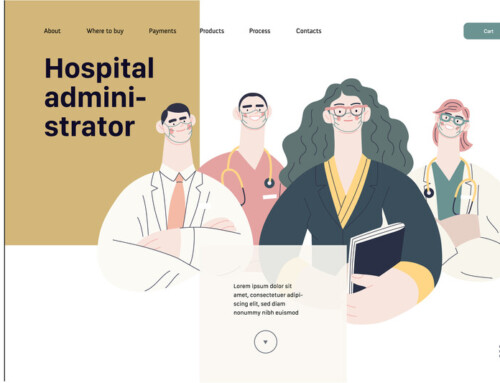 ◆The 2018 rate for taking annual paid leave was 52.4%
◆The 2018 rate for taking annual paid leave was 52.4%
The Ministry of Health, Labour and Welfare has announced the results of the 2019 Comprehensive Survey of Working Conditions. According to the survey, the average yearly rate for taking annual paid leave was 52.4%, an increase of 1.3 points over the previous year. Looking at the rate by company size, companies with 1,000 or more employees had a rate of 58.6%, those with 300–999 employees had 49.8%, companies with 100–299 employees had 49.4%, and companies with 30–99 employees had 47.2%. A difference of up to 10 points could be observed, depending on the scale of the company.
The survey was conducted based on the situation for one year in 2018, which means that it falls before the taking of five days of annual paid leave per year was made mandatory under the revised Labor Standards Act, which came into effect in April 2019.
◆The smaller the company size, the fewer the holidays
According to published survey results, 57.0% of workers work under the
“two days off per week system.” This rate decreases the smaller the company. The total number of holidays per year averages at 108.9 days per company and 114.7 days per worker. For both categories, there is a tendency for the figures to increase the larger the company and to drop the smaller the company.
◆The taking of five days per year of annual paid leave made mandatory
Since April 2019, the taking of five days of annual paid leave has been made obligatory with the Work Style Reform Act. The low rate of taking paid leave has been a problem for some time, however, with regulation through the act, companies are now making full-fledged efforts to improve the rate at which employees take leave. Next year’s survey results will be noteworthy.
◆Measures based on the company’s current circumstances
As shown in the above survey, employees in small- and medium-sized enterprises actually take few days off. There may be particular reasons for this. It has been pointed out that small- and medium-sized enterprises have taken up the slack for the current reduction in overtime hours at major corporations that has resulted from the implementation of the Work Style Reform Act. The Ministry of Health, Labor and Welfare has made an appeal to end the problem through the establishment of a dedicated site aimed at its prevention. Consequently, it is expected that it will be difficult for small- and medium-sized enterprises, in particular, to make it mandatory for workers to take paid leave. However, companies should take firm measures as they consider their response to the fundamental problem.





